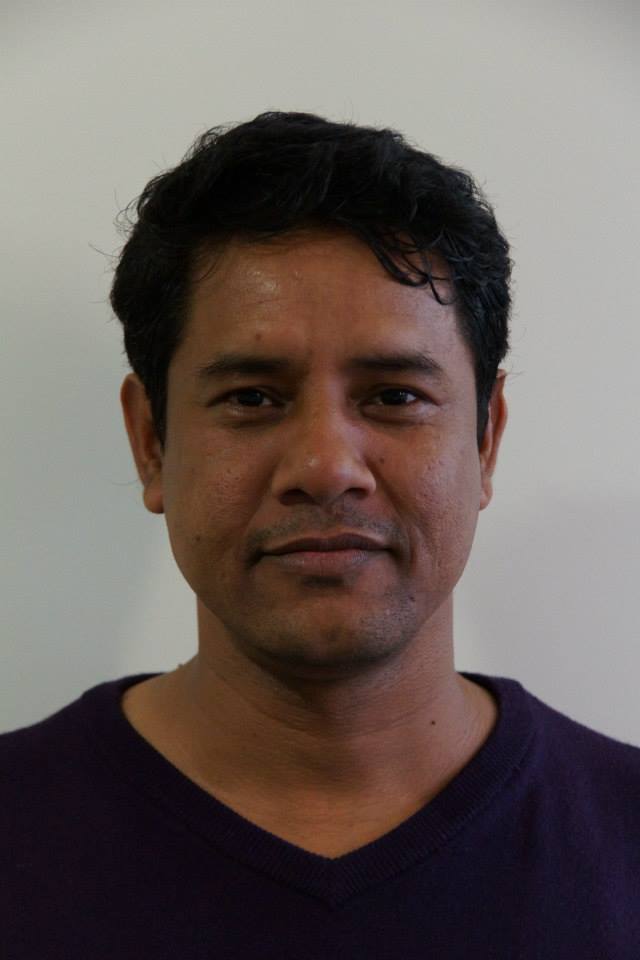
Dr. Ashraf Dewan
Spatial Sciences Discipline, Curtin University, AustraliaSpeech Title: Mapping Cloud-to-ground Lightning with Big Data
Abstract: Bangladesh is one of the most lightning-prone countries of the world. A clear understanding of lightning incidence of the country will be useful given perceived increase of lightning-related deaths in recent years. In this work, spatiotemporal distribution of lightning activity over Bangladesh for a six-year period (2015-2020) was examined by utilizing Global Lightning Dataset (popularly called, GLD360). Annual, monthly and diurnal stroke frequency was analysed. More than fifty million (50,481,181) lightning flashes were recorded in the Bangladesh territory during 2015-2020. Analysis of this big data showed that number of lightning was highest (10,144,601) in 2016. Thunder events occur more in the hot summer months than in the monsoon season as around three-fifth of the total lightning activity occurred in summer season (March-May) as opposed to monsoon (June-September) when lightning activity was 35.6%. Lightning events are more common in the late night and early morning. The ~50 million data points were aggregated to 1,962 square grids, utilising a 10 × 10 km grid size, to depict spatial patterning. Results revealed that north-western Sylhet region experienced extreme lightning and southern Bangladesh had low lightning activity. Sylhet, Sunamganj, and Manikganj districts had stroke density of 60 or higher. In Bandarban, Rangamati, Cox's Bazaar, Meherpur, Chuadanga, Satkhira, and Bagerhat, the density was fewer than 30. It is believed that the findings of this study would help to raise awareness about lightning and avoid casualties.
Keywords: GLD360, lightning activity, stroke density, Bangladesh
Biography: Dr. Ashraf Dewan obtained his BSc and MSc (Geography) from the University of Dhaka and PhD (Environmental Management) from Okayama University, Japan. He previously worked in the Department of Geography, University of Dhaka for more than a decade. Currently, he is an academic staff at Curtin University, Australia. His area of interest is urban climate, natural hazards, health geography, geospatial methods, and climate change adaptation. He has published two research books and more than 100 papers in peer-reviewed journals.
